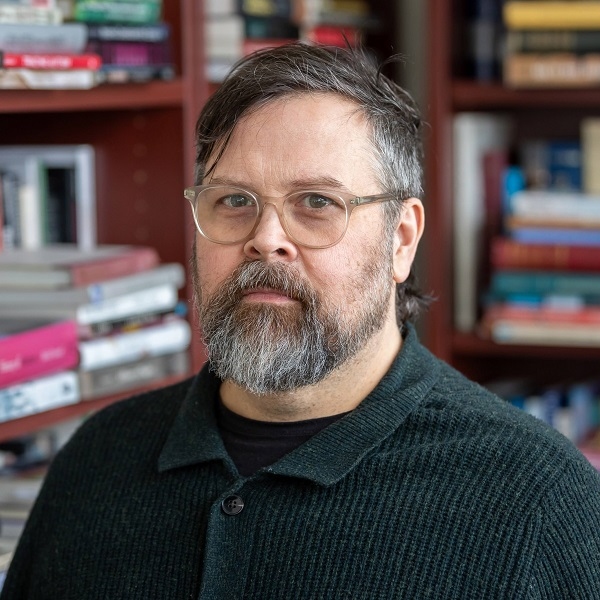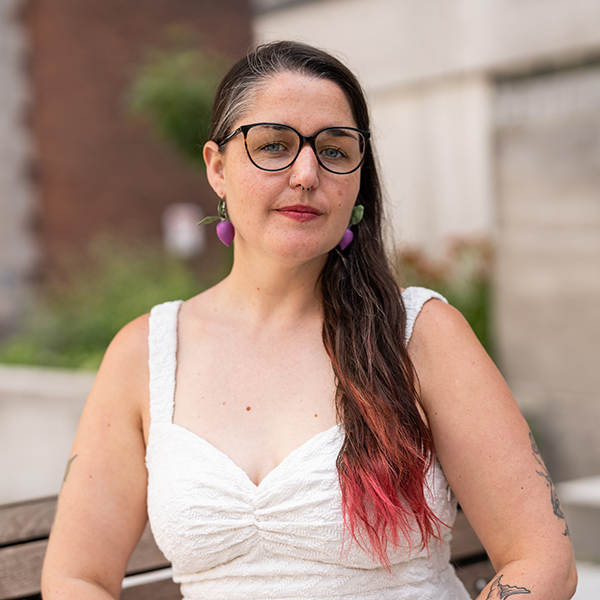When legal cannabis outlets opened in Montreal last October, lines went literally around the block, as people waited for hours in the cold. Six months later, does that mean that legalization is a success? That depends on how you define success.
High Time, a new book edited by two McGill professors, points out how we’ll be dealing with the numerous complications and thorny issues emanating from legalization for years to come.
“From the federal government’s perspective, it was simply a matter of changing the criminal code – and then handing off a whole host of problems to the provinces, including retail, enforcement, health issues, and so on,” says co-editor Andrew Potter, BA’93, an associate professor at the McGill Institute for the Study of Canada.
“That’s why we are getting a patchwork across the country, with different jurisdictions going in different directions. At some point, we will have to take stock of what has worked, and figure out the best practices.”
“How much trouble can you get yourself into, just by legalizing?” Law professor and High Time co-editor Daniel Weinstock, BA’83, MA’86, posed the hypothetical question at the Montreal book launch for High Time in April.
“Well, it turns out that it’s a very complicated policy area, when you decide to both legalize and regulate. There are a lot of decisions to be made: who will produce, who will distribute and advertise; how will we handle road safety, and measure whether someone is impaired? We are also signatories to a variety of treaties which, in principle, should prevent us from legalizing; how are we going to get around that? Six months on, this is, very charitably, a work in progress.”
One of the principal stated goals of legalization was the elimination of the black market for cannabis, but recent figures from Statistics Canada indicate that it is as robust as ever.
“That’s largely because the retail system hasn’t been in place – Ontario only opened storefronts on April 1, for example – and there have been problems on the supply side,” says Potter.
In Montreal, at the time of the book launch, there were supposed to be 30 legal outlets; “There are three, and only open four days per week,” notes Potter.
Another key goal of legalization is to keep people out of the criminal justice system, for what is essentially a victimless crime.
“In my view, when legalization happened last October, there should have been a bill immediately in place, offering full expungement of criminal records for people with a pot conviction in their past,” says Potter.
Associate law professor Alana Klein, BCL/LLB’02, who contributed a chapter about harm reduction policies, says that legalization is a promising first step, but does not go far enough. Harm reduction refers to policies to alleviate the harmful impact of drug abuse, and often offered as an alternative to prohibition.
“Legalization may be a shift in thinking when it comes to the war on drugs,” she said at the book launch, “because the government is acknowledging that criminalization has itself been harmful.”
But, she argued, that is where the similarities with harm reduction end; in some ways, new laws may be potentially harsher than ever.
“In [Toronto lawyer] Jacob Stilman’s chapter, he points out that, at least in theory, an 18-year-old who shares some cannabis with a 17-year-old could get 14 years for trafficking, more than under the previous regime.” The minimum prison term for selling cannabis illegally was raised from 3 to 14 years.
The age of cannabis users figured prominently in Prime Minister Justin Trudeau’s approach, as he hammered home the point that legalization would protect the young from the harmful effects of cannabis. In his chapter, Weinstock argues that governments should consider lowering the legal age, whereas the Quebec government wants to increase it from 18 to 21.
“That is premised on the idea that we’ll be able to enforce a prohibition on children and adolescents,” says Weinstock, who is the former director of the McGill Institute for Health and Social Policy. “In the context of a thriving marijuana economy – worth $7 billion last year, according to StatsCan, half of which was consumed by people between 16 and 25 – the idea that we can put that genie back in the bottle is very questionable.”
Illegal pot may also be cut with dangerous chemicals, and with high THC levels. THC is the chemical that produces a “high.”
“We should contemplate lowering the legal age, so that young people can get marijuana that is safe, and about which they, and their parents, can have information as to potency,” adds Weinstock.
He acknowledged that the idea “will get zero traction” with the current Quebec government, at least for now. In an interview after his presentation at the book launch, Weinstock added that “all of this should be evidence-based; five years from now, we should sit down and examine what has happened, and adjust our policies accordingly.”


